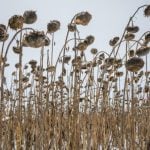
Features
Triple your canola yield
Farmers who don’t like to think about feelings might have skipped this page. Now that we have your attention, learn how to recognize farm stress
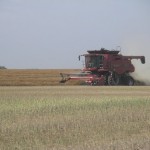
Three tips for a successful post-harvest burndown
There’s only a small window to get your weeds under control after harvest and ahead of the frost. Make the most of it

Diagnose your own problem
The Canola Council’s online diagnostic tool is there to help farmers identify problems themselves

How to harvest pulse crops
If you’re new to pulses or want a refresher, here are four harvest factors
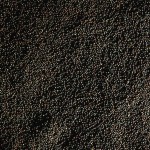
Storing higher-oil canola
It’s worth more, but it’s also more fragile. Know how to keep your specialty canola safe in the bin
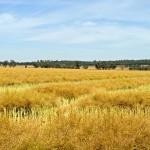
The best time to swath canola
The Canola Council’s recommendations on timing have changed. Keep up to date with the latest swathing guidelines
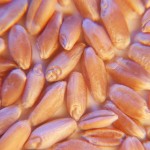
Three ways to sample
If you don’t want any nasty surprises later, make sure your sample is a good representative of the grain you plan to sell

Root rot can be diagnosed, but confirmation may come too late
Root rot caused by aphanomyces can cause yield problems in peas. There’s no easy treatment, but farmers can still take preventative steps
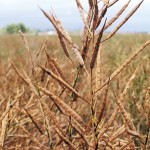
Straight talk on straight cutting
It’s not for everyone, but some farmers are seeing benefits from straight cutting their canola
Make sure you get paid
You’ve grown a great crop and booked a good price. Now make sure you actually get paid

